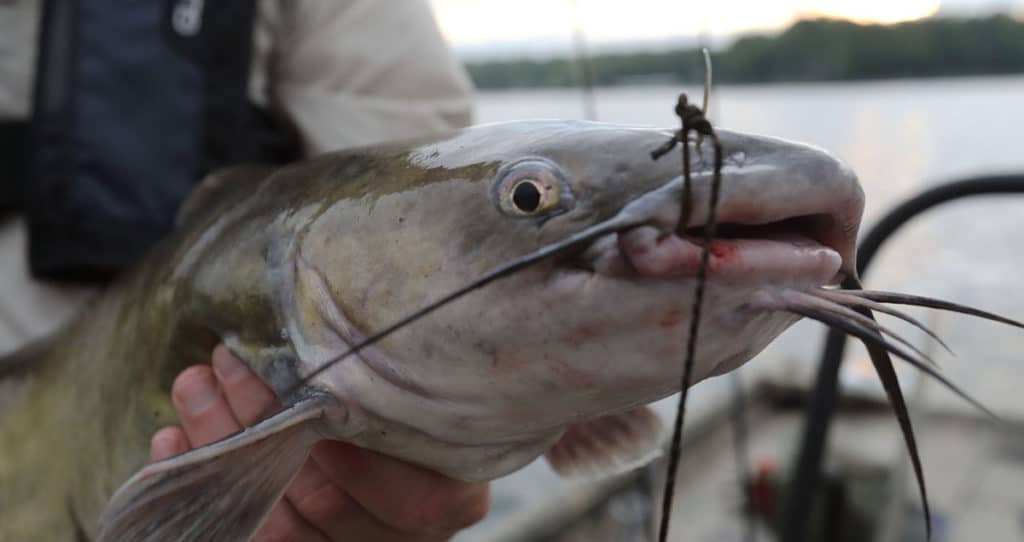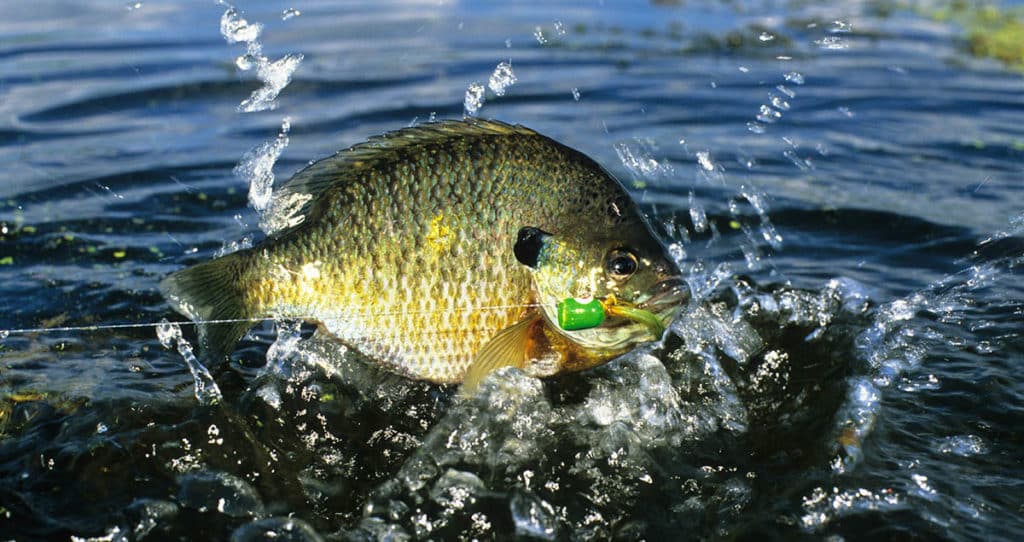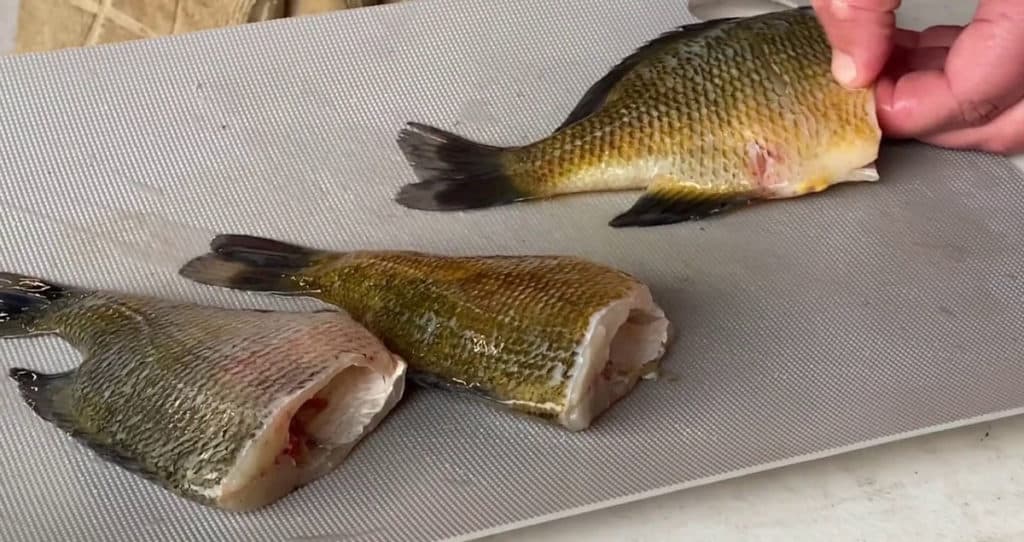The catfish spawn is an important event in the life cycle of catfish and presents an excellent opportunity for anglers to target these delicious game fish. During this period, catfish are often more active and concentrated in specific areas, making them easier to locate and catch.
In this article, we’ll explore the timing of the catfish spawn, the factors that influence it, and how to adjust your fishing techniques to maximize your success during this exciting time.
When Do Catfish Spawn?
The timing of the catfish spawn varies depending on the species and geographical location. Generally, catfish spawn when water temperatures reach a specific range, which typically occurs in late spring or early summer. Here’s a breakdown of the spawn timing for the three most common catfish species in North America:
Channel Catfish
Channel catfish (Ictalurus punctatus) usually spawn when water temperatures are between 70 and 85 degrees Fahrenheit (21-29 degrees Celsius). In most areas, this occurs between late May and early July.
Blue Catfish
Blue catfish (Ictalurus furcatus) spawn slightly later than channel catfish, with the optimal water temperature range being between 70 and 75 degrees Fahrenheit (21-24 degrees Celsius). The spawn for blue catfish typically takes place from late May to mid-June.
Flathead Catfish
Flathead catfish (Pylodictis olivaris) spawn when water temperatures reach 66 to 75 degrees Fahrenheit (19-24 degrees Celsius). The spawn for this species generally occurs from late May to early July.
It’s important to note that the exact timing of the catfish spawn can vary from year to year and between different bodies of water, depending on factors such as water temperature, weather patterns, and geographical location.
Factors That Influence Spawn Timing
Several factors can impact the timing of the catfish spawn. Understanding these factors can help you better predict when the spawn will occur and adjust your fishing approach accordingly.
Water Temperature
As mentioned earlier, water temperature is the primary factor that triggers the catfish spawn. Each species has a specific temperature range in which spawning occurs. Keep a close eye on water temperature trends in the weeks leading up to the expected spawn period to help anticipate when the spawn will take place.
Weather Patterns
Weather patterns can influence the timing of the catfish spawn, as they can cause fluctuations in water temperature. Unusually warm or cold spring weather can accelerate or delay the spawn, respectively. Pay attention to local weather conditions and forecasts to better predict the spawn timing.
Photoperiod
The photoperiod, or the amount of daylight, can also play a role in the timing of the catfish spawn. Longer days in late spring and early summer often coincide with the increase in water temperatures, which can stimulate the spawn.
Moon Phase
While the influence of moon phases on fish spawning is not fully understood, some anglers believe that the full moon and new moon periods can affect the timing of the catfish spawn. Keep an eye on the lunar calendar and consider how the moon phase might impact the spawn in your area.
Tips for Fishing the Spawn
Fishing during the catfish spawn can be highly productive if you adjust your tactics and gear to take advantage of the unique conditions presented during this period. Here are some tips to help you make the most of your catfish fishing experience during the spawn:
Target Spawning Areas
During the spawn, catfish will seek out specific habitats to lay their eggs. These areas typically include shallow water with plenty of cover, such as submerged logs, rocks, and vegetation. Look for areas with a firm bottom, as catfish prefer to lay their eggs on hard surfaces. Focus your efforts on these spawning areas to increase your chances of locating and catching catfish.
Use the Right Bait
During the spawn, catfish are often more aggressive and territorial, making them more likely to strike at larger, more natural baits. Consider using live bait such as shad, bluegill, or other small fish that catfish prey on. Cut bait, such as chunks of shad or herring, can also be effective during the spawn, as the scent will attract catfish to your offering.
Adjust Your Gear
Fishing in shallow water during the catfish spawn may require adjustments to your fishing gear. Use a lighter line and smaller hooks to present a more natural presentation in the clear, shallow water. Consider using a slip bobber rig to keep your bait off the bottom and prevent it from getting snagged on submerged cover.
Be Stealthy
Catfish are more skittish and easily spooked during the spawn, so it’s crucial to approach potential spawning areas quietly and with minimal disturbance. Use a quiet approach, such as a kayak or a slow-moving trolling motor on your boat, to avoid scaring fish away from their nesting sites.
Practice Catch and Release
During the catfish spawn, it’s essential to practice catch and release to ensure the sustainability of catfish populations. Handle the fish with care and return them to the water as quickly as possible to minimize stress and allow them to continue their reproductive process.
Final Thoughts
Understanding the timing of the catfish spawn and adjusting your fishing tactics accordingly can lead to highly productive fishing experiences. By monitoring water temperatures, weather patterns, and other factors that influence the spawn, you can better predict when and where to target catfish during this crucial period in their life cycle. Keep these tips in mind, and you’ll be well on your way to enjoying a fruitful catfish fishing adventure during the spawn.







